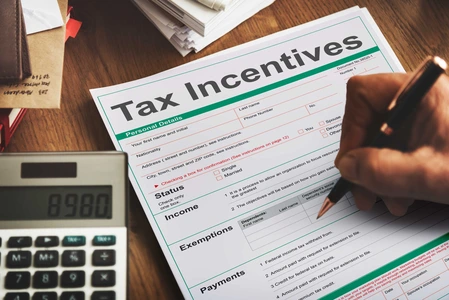Impact of the Tariff War on U.S. New and Used Car & Truck Prices
Introduction
An ongoing tariff war has sent ripples through the U.S. auto market, driving up costs for automakers and consumers alike. Tariffs on imported vehicles, auto parts, and raw materials (like steel and aluminum) are making new cars and trucks more expensive, and this effect is spilling into the used vehicle market. Below, we break down the key impacts – from higher production costs and disrupted supply chains to shifting consumer demand – and highlight how manufacturers and dealers are responding.
Increased Costs of Imported Vehicles and Parts
Tariffs are raising production costs: Steep import duties on cars and auto parts are translating into higher sticker prices for consumers. A proposed 25% tariff on all imported cars and components would significantly increase costs – one analysis found it could raise prices between $1,400 and $7,000 on popular models if automakers pass along the costs. Even more moderate estimates project an average $2,750 per vehicle increase industry-wide if new tariffs take effect. These tariffs function like a tax on manufacturing: automakers must pay extra for foreign engines, electronics, or metal, and those expenses eventually show up in vehicle prices.
Virtually all cars are affected: Not just imported models get pricier – every car sold in America is impacted because none are built with 100% U.S.-made parts. Over half of all automotive parts and engines in U.S. vehicles come from trade partners like Canada, Mexico, Europe, or Asia. So a tariff on those imports raises the cost of domestically assembled cars too. Even U.S.-brand trucks and SUVs rely on foreign components (and previously imported steel/aluminum), meaning their production costs have jumped by a few hundred dollars per vehicle from metal tariffs alone. Automakers initially absorbed some of these cost increases, but as tariffs persist, more of these expenses are being passed to consumers in the form of higher MSRPs.
Higher new-car prices: Shoppers are likely to see noticeable price hikes for new cars and trucks due to these tariffs. Industry data show that every major automaker – U.S., European, or Asian – is affected, since many popular models are built in Mexico or Canada. Those imported vehicles would immediately carry a 25% higher sticker price under new tariffs. And because parts often cross borders multiple times during assembly, some cars could ultimately see price increases above 25% as cumulative tariffs pile up. Analysts warn that average new car prices could climb by $3,000 or more, with larger vehicles hit hardest – potentially an extra $9,000 on a midsize SUV and over $10,000 on a full-size truck in a worst-case scenario. In short, tariffs are making new vehicles less affordable across the board.









